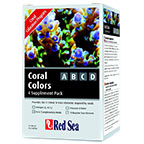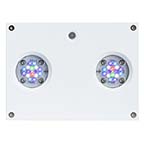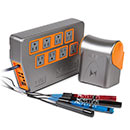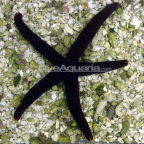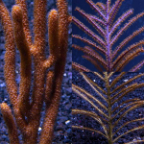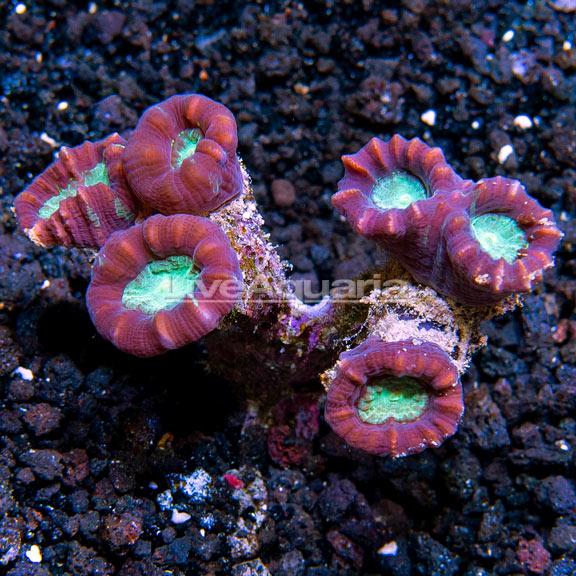
Additional locales and sizes may be available!
Additional locales and sizes may be available! Email me when availableQuick Stats
What do these Quick Stats mean? Click here for more information
What do these Quick Stats mean? Click here for more information
Overview
It is hardy and a relatively peaceful reef inhabitant, with very short sweeper tentacles. It requires moderate lighting and moderate water movement, along with the addition of calcium, strontium, and other trace elements to the water.
It will benefit from additional food fed weekly in the form of brine shrimp or micro-plankton.
Approximate Purchase Size: Small: 1-1/4" to 2-1/4"; Medium: 2-1/2" to 3-1/2"; Large: 4" to 5-1/4"; Aquacultured: 1/2" to 1-1/2"




